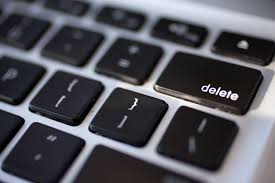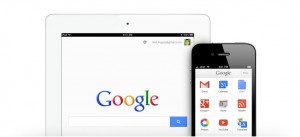What You Need To Know When Deleting Media From Google Photos

With Google kindly offering us unlimited photo storage, there may be no reason to worry about saving space and deleting your photos – but you still may want to.
Your albums may have duplicates, old photos or simply memories you prefer to get rid of.
Whatever the case is, here’s what you should know before going ahead with deleting photos in Google Photos.The key thing to remember is that Google Photos is a cloud service. Thus, every action you perform in Google Photos will be copied across all your devices connected to the cloud. So, if you delete a photo in Google Photos app, it will also be removed from every device that you have associated with your Google Photos account. Moreover, the photo will also disappear fro all the collages and other creations you have used it in.
A deleted photo on the cloud is deleted across ALL connected devices
The key thing to remember is that Google Photos is a cloud service. Thus, every action you perform in Google Photos will be copied across all your devices connected to the cloud. So, if you delete a photo in Google Photos app, it will also be removed from every device that you have associated with your Google Photos account. Moreover, the photo will also disappear fro all the collages and other creations you have used it in.
Read the warnings
Of course, before the action is performed, you will see a pop-up, warning you as to the consequences of you actions, but it’s easy to ignore it without really reading into the contents.
The pop-up will also warn you that you that, in addition to being deleted from all your connected devices, the photo you are about to remove, will also be removed from where you have shared it on Google +. That means that every photo you intended for sharing on the network will need to have a permanent place in Google Photos.
If you have already deleted a photo
If you have come across this blog post “too little too late” and have already deleted a few photos from the cloud that you would actually like to keep on your devices – no worries. Google has foreseen the situation and decided to grant you 60 whole days to travel back to the past and undo the action, restoring your deleted photos.
You can make that happen directly from the app. Just go to “Trash”, select the items you want to get back and click on the arrow in the top right corner. In a matter of seconds, you will see the photos back in the appropriate album, where they belong. The same will happen across all your devices connected to the cloud.
However, once you remove your photos from “Trash” (by hitting the “empty trash” button), the photos will be gone forever with no magical options of bringing them back.

